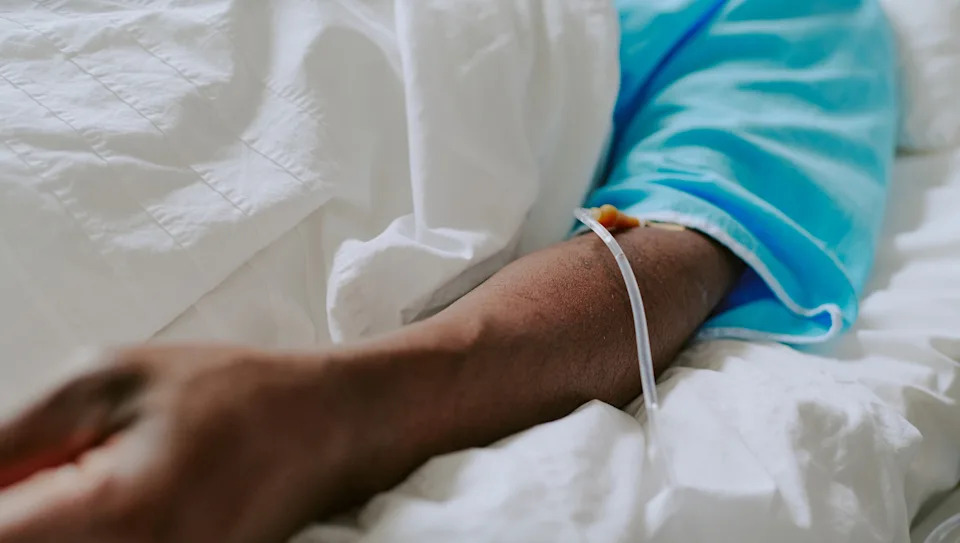Researchers make concerning new discovery linked to serious heart attacks: ‘Highlighting the need for long-term strategies’

Tiny plastic particles have been found inside the arterial buildup that causes heart attacks.
According to research published in the journal Cardiovascular Research, people with these particles in their bodies face more than four times the risk of serious cardiac events compared to those without them.
What’s happening?
Scientists examined tissue removed from patients during carotid artery surgery and found microplastics and nanoplastics embedded in the fatty deposits that clog arteries.
Patients with detectable plastic pieces in their artery deposits experienced a 4.5 times higher rate of cardiac arrest, strokes, and other heart problems than patients whose plaque contained no plastic.
The plastic fragments enter our bodies through multiple pathways. We breathe them in from air pollution, swallow them in food and drinking water, and absorb them through skin contact.
Why is microplastic buildup concerning?
These particles don’t pass harmlessly through the body. Scientific studies show that the fragments trigger inflammatory responses, harm vessel wall cells, and initiate damaging chemical reactions within the circulatory system.
While doctors have long understood how cholesterol, high blood pressure, and smoking damage arteries, plastic pollution now appears to join this list of cardiovascular problems.
Disrupted blood vessel function increases the likelihood of developing arterial disease. The inflammatory response these plastic pieces create may accelerate dangerous deposit buildup or make existing blockages more prone to rupture and cause cardiac arrest.
Researchers have found these particles throughout the body, in blood samples, pregnancy tissue, brain matter, lung samples, and liver biopsies.
What can be done about microplastic buildup?
If you want to reduce your plastic exposure, start by cutting back on single-use plastics in your daily routine.
For example, purchase reusable water bottles and containers instead of disposable ones, or buy fewer items with plastic packaging if alternatives are available.
In your home, install a water filter that removes microplastics, and avoid heating food in plastic containers, since heat increases the release of plastic bits into your meals.
More robust global efforts to limit plastic manufacturing are necessary. According to the researchers, “Even if plastic production ceased today, the effects of environmental contamination would persist for at least a century, highlighting the need for long-term strategies.”
Medical researchers are investigating whether current heart medications can protect patients against microplastics. While they don’t remove the particles, certain diabetes and cholesterol treatments may alleviate inflammatory damage and support healthy blood vessels.
Scientists are also investigating whether certain foods high in fiber and gut-friendly bacteria can bind to plastic pieces in the gut before they enter the bloodstream.
Join our free newsletter for weekly updates on the latest innovations improving our lives and shaping our future, and don’t miss this cool list of easy ways to help yourself while helping the planet.


